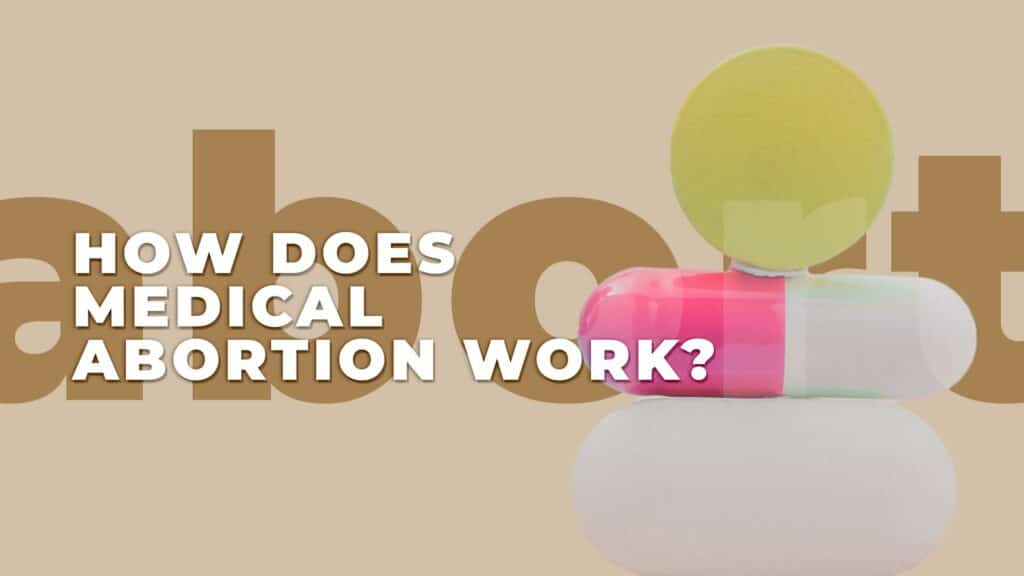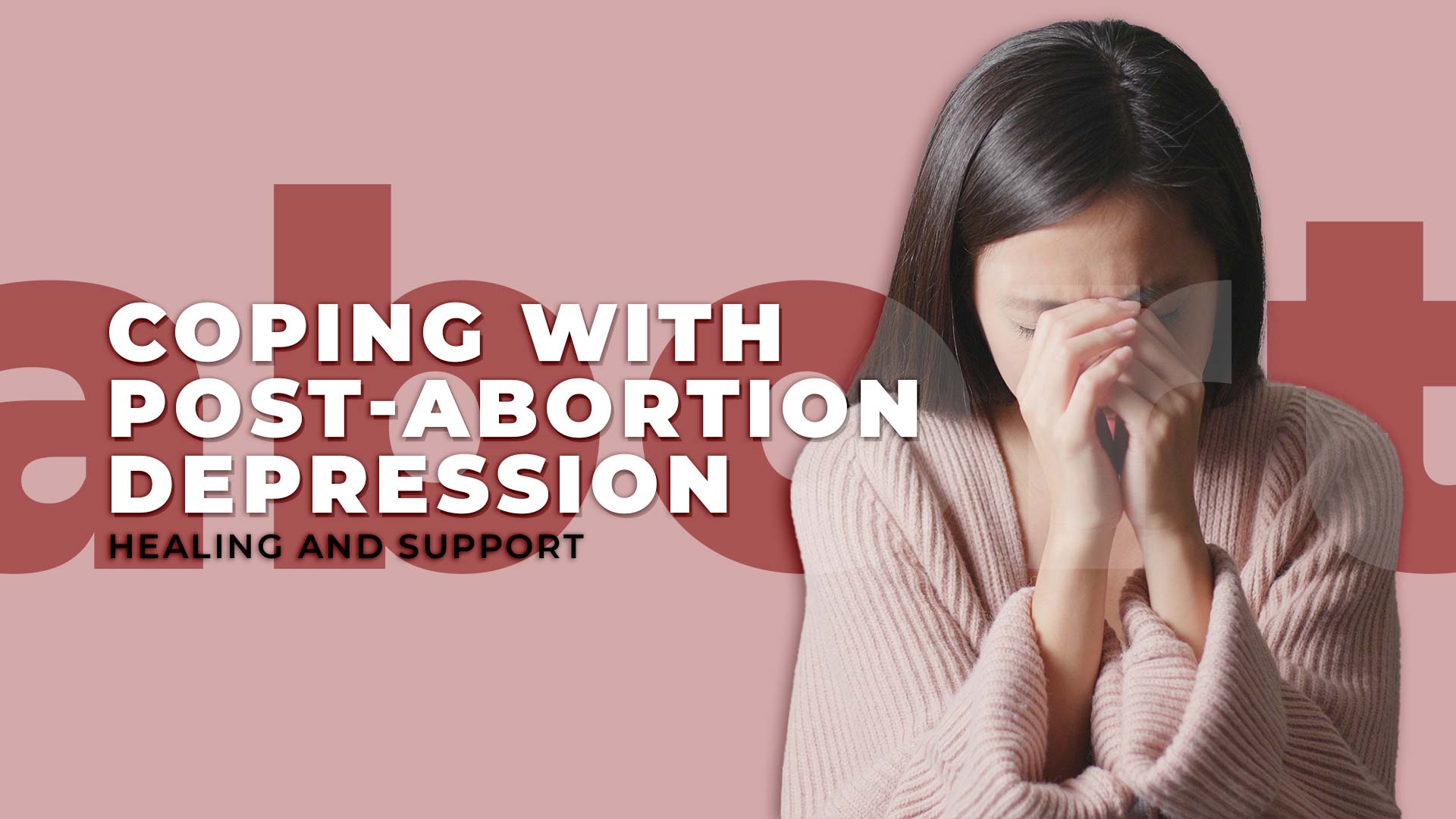Making informed decisions about reproductive health is crucial for women worldwide. One option available to women is the abortion pill, a safe and effective method for terminating early pregnancies. It is a non-surgical method used to terminate a pregnancy. This approach involves a combination of medications, mifepristone, and misoprostol, which are proven to be safe and effective.
In this comprehensive guide, we will explore the essential information and guidance surrounding the abortion pill, ensuring that women have the knowledge they need to make empowered choices about their reproductive health.
Before Medical Abortion
Prior to undergoing an abortion, it is necessary to undergo an assessment appointment, typically held at a hospital or clinic. However, there is also the possibility of being offered a phone or video assessment.
The nature and frequency of appointments for a medication abortion can vary depending on the clinic setting and the availability of specific tests (such as ultrasounds and blood tests) either on-site or requiring separate appointments.
In some clinics, it is possible to undergo necessary tests and receive medication for the abortion in a single initial appointment.
If you have an intrauterine device (IUD), it will need to be removed before taking the first medication (mifepristone).
During your appointments, you will typically be attended to by a doctor, often accompanied by a nurse, who will generally:
- Assess the stage of your pregnancy, which may involve organizing an ultrasound, urine, and blood tests. Some clinics may also offer tests for sexually transmitted infections (STIs).
- Conduct a confidential medical evaluation, during which you may be asked about your medical history and other relevant information regarding your sexual and reproductive health.
- Provide you with comprehensive information about different types of abortion, the expected process, the steps involved, and available pre- and post-abortion care options including associated risks and complications.
- Offer of an ultrasound scan to determine the gestational age of the pregnancy.
- Option to undergo testing for sexually transmitted infections (STIs).
- Requirement for additional tests, such as a blood test, depending on your medical conditions or the stage of pregnancy.
- Offer an opportunity for you to ask questions and make an informed decision about the best course of action for your situation.
- Request your consent (if you choose to proceed with a medication abortion) by having you sign a consent form.
- Discuss pain management strategies and any other medications that may be necessary to alleviate potential side effects.
- Provide you with a prescription for the abortion medications, which you will need to take to a pharmacy.
- Address any inquiries you have regarding contraception choices and inform you about available options that suit your needs.
Note that you have the right to change your mind at any point until the commencement of the abortion.
How Does Medical Abortion Work?

Medical abortion, also known as medication abortion, involves the use of abortion kits such as the MTP kit to terminate a pregnancy. Unlike surgical abortion, it does not require incisions or anesthesia. Typically performed within the first ten weeks of pregnancy, this procedure entails the administration of two medications: mifepristone and misoprostol.
- Mifepristone: Blocking Progesterone
The first medication, mifepristone, plays a crucial role in medical abortion. Taken orally, it is a progesterone receptor antagonist. Progesterone is a hormone essential for maintaining pregnancy, as it supports the growth and development of the uterine lining. By blocking progesterone’s action, mifepristone inhibits the pregnancy from progressing further.
When mifepristone is administered, it prevents the pregnancy from receiving the necessary hormonal support. This leads to a series of changes in the uterine environment, including the detachment of the embryo from the uterine wall and the disruption of the blood supply to the developing pregnancy.
- Misoprostol: Uterine Contractions and Expulsion
After a designated time lapse, typically 24 to 48 hours later, the second medication, misoprostol, is taken either orally or inserted into the vagina. Misoprostol is a prostaglandin analog that causes strong contractions of the uterus.
Misoprostol induces intense uterine contractions, leading to the expulsion of the pregnancy. The contractions, similar to strong menstrual cramps, help the body to expel the embryo, placenta, and uterine lining. This process is similar to a miscarriage.
As the uterine contractions intensify, the pregnancy is expelled, and the lining of the uterus begins to shed. This shedding is akin to a heavy menstrual period and signifies the completion of the medical abortion process.
How To Use An Abortion Kit?
Medical abortion entails the administration of two distinct medications to terminate a pregnancy. These medications are prescribed by a hospital or clinic, and they are typically taken one or two days apart.
The pregnancy is expelled through the vagina, usually occurring several hours after the intake of the second medication. Surgical intervention or anesthesia is not required for this procedure.
The process involves the following steps:
- Initially, a tablet containing mifepristone is taken. This medication helps prepare the body for the subsequent medicine. If the pregnancy is within 10 weeks, the first tablet can generally be taken at home. However, if the pregnancy has progressed beyond 10 weeks, it must be taken in a hospital or clinic setting. After taking the first tablet, you can return home and resume your normal activities.
- Usually, one to two days later(36 to 48 hours later), a second medicine called misoprostol is taken. The tablets can be placed under the tongue, between the cheek and gum, or inside the vagina. If the pregnancy is within 10 weeks, this medicine can often be taken at home. However, if the pregnancy is over 10 weeks, these tablets must be taken at the clinic or hospital.
- Within 4 to 6 hours of taking the second medicine, the lining of the womb begins to break down. This process leads to pain, bleeding, and the loss of the pregnancy.
In some cases, multiple doses of misoprostol may be necessary to facilitate the passage of the pregnancy.
In rare cases if the pregnancy does not pass, a surgical procedure is required to remove it.
Consult with a healthcare provider throughout the medical abortion process to ensure proper guidance, supervision, and to address any potential complications.
What To Expect After Medical Abortion?
For the majority of individuals, undergoing a medication abortion is akin to experiencing an early miscarriage. Common symptoms may include:
- Pronounced cramping and discomfort in the abdominal region.
- Heavy bleeding accompanied by the passing of large blood clots. (If you do not experience any bleeding within 24 hours of taking the second medication, misoprostol, it is advised to contact your nurse or doctor.)
- Feelings of queasiness and the possibility of vomiting. (Your healthcare provider may prescribe medication to alleviate nausea.)
- Diarrhea.
- Sensations of dizziness.
- Fatigue and general tiredness.
- A mild increase in body temperature (99-100°F) or occasional chills on the day you consume the misoprostol medication. (If you develop a fever after taking the misoprostol pills, it is important to promptly contact your doctor or health center.)
These symptoms can vary from person to person, and not everyone will experience all of them. It is essential to consult with your healthcare provider for proper guidance and to address any concerns or complications that may arise during the medication abortion process.
What To Do After An Abortion?
Additional tests or appointments are typically not necessary after a surgical abortion or a medical abortion performed in a hospital.
If a medical abortion is conducted at home, it may be necessary to undergo a specialized pregnancy test or scan to ensure the termination of the pregnancy.
Short-term side effects from medication, such as diarrhea and nausea, may occur with a medical abortion.
Regardless of the type of abortion, it is common to experience stomach cramps and vaginal bleeding. The bleeding typically lasts one to two weeks, although light bleeding after a medical abortion may persist for up to a month.
Following an abortion, it is possible to:
- Take painkillers like ibuprofen or paracetamol to alleviate any pain or discomfort.
- Use sanitary towels or pads instead of tampons until the bleeding ceases.
- Resume sexual activity when you feel ready, but use contraception if you do not wish to conceive again, as fertility usually returns immediately after an abortion.
As soon as you feel comfortable, you can typically resume normal activities, including bathing or showering, using tampons, exercising (including swimming), and engaging in heavy lifting.
Follow-Up Appointment After A Medical Abortion

After a medication abortion,schedule a follow-up appointment to confirm the effectiveness of the procedure and ensure the termination of the pregnancy.
Typically, doctors may request a blood test to verify the decrease in pregnancy hormone levels. A review appointment will be scheduled for two weeks later.
In approximately one percent of cases, medication abortion may not be successful. Around 2 to 5 percent of individuals may have retained pregnancy tissue in the uterus (womb) and may require additional treatment, such as additional tablets or a minor surgical procedure, to complete the abortion. Your doctor will provide detailed information and discuss the options with you.
Self-Care After Medical Abortion
After a medication abortion, the doctor or nurse will provide guidance on self-care practices to be followed at home. These self-care measures may include:
- Utilizing over-the-counter anti-inflammatory medication to alleviate cramps (if necessary, your doctor can prescribe stronger medication).
- Applying hot packs to the painful area for pain relief.
- Gentle massaging of the affected area.
To minimize the risk of infection during the first week after the procedure, it is recommended that you refrain from:
- Inserting anything into your vagina, including tampons.
- Engaging in vaginal sexual intercourse.
- Participating in strenuous activities such as sports or heavy physical work until the bleeding subsides.
- Going swimming or taking baths (showering is permitted).
Your doctor will provide information regarding any potential side effects and risks, as well as instructions on what steps to take if they occur.
Possible Complications Of Medical Abortion
The potential risks associated with medication abortion are infrequent but worth considering. These risks may include:
- Haemorrhage (excessive bleeding): Severe bleeding requiring a blood transfusion is rare, affecting fewer than one in 1,000 cases. If you find yourself filling more than two large pads within an hour for more than two hours, passing clots the size of a small lemon, experiencing heavy bleeding accompanied by weakness or faintness, it is vital to seek immediate medical attention.
- Retained products: Sometimes, fragments of tissue may remain in the uterus, leading to prolonged bleeding. In most cases, these fragments will pass naturally over time without the need for treatment. However, there may be instances where additional medication or a minor surgical procedure is required to remove them.
- Continued pregnancy: In approximately one percent of cases, medication abortion fails to terminate the pregnancy, resulting in its continuation. Repeat administration of the tablets (up to 9 weeks of pregnancy) or a surgical abortion may be necessary in such situations.
- Infection (requiring antibiotic treatment): About one percent of individuals may experience an infection following medication abortion. Symptoms of infection can include pain, abnormal vaginal discharge, or fever. In some cases, symptoms may not be obvious and may manifest as general symptoms like tiredness, diarrhea, or vomiting.
These serious complications are rare, but it’s crucial to be aware of the signs and seek medical assistance promptly if you experience any concerning symptoms.
Who Should Not Get A Medication Abortion?
The following individuals should avoid undergoing a medical abortion:
- Those who are in advanced stages of pregnancy.
- Individuals with an ectopic pregnancy (pregnancy outside of the uterus).
- Individuals with a blood clotting disorder or severe anemia.
- Individuals with chronic adrenal failure.
- Individuals using long-term corticosteroids.
- Individuals with an intrauterine device (IUD) in place.
- Individuals with known allergies to the medications used in the procedure.
- Individuals lacking access to emergency medical care.
- Individuals unable to attend a follow-up visit.
Prior to undergoing a medical abortion procedure, it is crucial to discuss your medical history with a healthcare provider.
How Much Does an Abortion Cost?
The average cost of a first-trimester abortion in the US is $508, with a range of $75 to $2500, according to the Guttmacher Institute. The cost of an abortion depends on the type of procedure and the gestational age of the fetus, with costs increasing as the pregnancy progresses. Providers also vary in cost, with clinics and private practice abortionists typically offering lower prices than hospitals.
The cost of a medication abortion or abortion pill with insurance ranges from $350 to $650 for pregnancies within 10 weeks. Without insurance, the cost can be up to $1000. Online purchase of abortion pills is not legally available in some states. Visit WushyMommy for safe, effective, and affordable abortion kits.
Final Thoughts

The abortion pill guide aims to provide women with the knowledge and resources needed to make informed decisions about their reproductive health. By understanding the effectiveness, safety, procedure, and support available, women can navigate the abortion pill process with confidence.
Consult with healthcare professionals and seek support during this time to ensure a safe and well-supported experience. Remember, every individual’s situation is unique, and healthcare providers are there to provide guidance and care tailored to specific needs.
References
- National Abortion Federation. 2020 Clinical Policy Guidelines for Abortion Care. (https://prochoice.org/providers/quality-standards/) Washington, DC: National Abortion Federation, 2020. Accessed 10/25/2021.
- Raymond EG et al., First-trimester medical abortion with mifepristone 200 mg and misoprostol: a systematic review. (https://www.contraceptionjournal.org/article/S0010-7824(12%2900643-9/fulltext) Accessed 10/25/2021.
- Chen MJ and Creinin MD. Mifepristone with buccal misoprostol for medical abortion: a systematic review. (https://pubmed.ncbi.nlm.nih.gov/26241251/) Obstetrics and Gynecology. 2015.126(1):12–21, Accessed 10/25/2021.
- Hoffman BL, et al. First-trimester abortion. (https://accessmedicine.mhmedical.com/content.aspx?bookid=2658§ionid=241007791) Williams Gynecology. 4th ed. New York, N.Y.: McGraw-Hill Education; 2020. Accessed 10/25/2021.
- Lui MW, Ho PC. First trimester termination of pregnancy. (https://pubmed.ncbi.nlm.nih.gov/31420315/) Best Pract Res Clin Obstet Gynaecol. 2020 Feb;63:13-23. Accessed 10/25/2021.
- Sajadi-Ernazarova KR, Martinez CL. Abortion Complications. [Updated 2022 May 23]. In: StatPearls [Internet]. Treasure Island (FL): StatPearls Publishing; 2023 Jan-. Available from: https://www.ncbi.nlm.nih.gov/books/NBK430793/
- Induced Abortion in the United States. https://www.guttmacher.org/fact-sheet/induced-abortion-united-states




